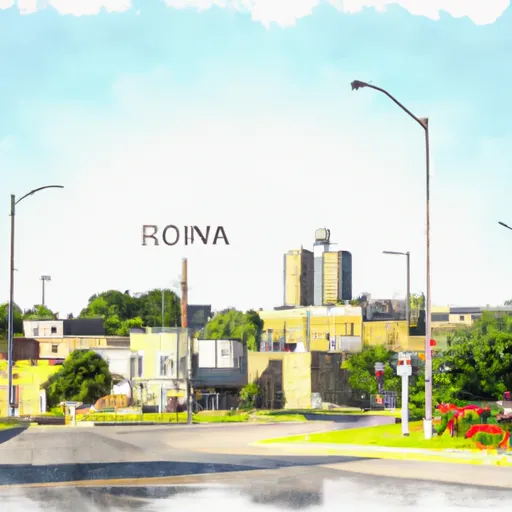°F
°F
mph
Windspeed
%
Humidity











Ryan, Iowa is a small town situated in the northeastern part of the state. It experiences a humid continental climate, characterized by warm summers and cold winters. Average high temperatures range from around 80°F (27°C) in the summer to 30°F (-1°C) in the winter, with precipitation distributed fairly evenly throughout the year. The town is located within the Maquoketa River watershed, which contributes to the local hydrology.
The Maquoketa River, along with several nearby creeks and streams, offers opportunities for water-based recreation such as fishing, canoeing, and kayaking. Anglers will find a variety of fish species, including bass, catfish, and trout, in these water bodies.
In addition to water activities, the surrounding area provides ample opportunities for outdoor recreation. Ryan is surrounded by picturesque natural landscapes, including forests and rolling hills, which are ideal for hiking, camping, and wildlife observation. Nearby parks and reserves offer well-maintained trails for outdoor enthusiasts to explore the region's natural beauty.
Overall, Ryan, Iowa offers a pleasant climate, diverse hydrology, and a range of outdoor recreation opportunities, making it an attractive destination for nature lovers and adventure seekers.
Weather Forecast
Ryan receives approximately 920mm of rain per year, with humidity levels near 82% and air temperatures averaging around 8°C. Ryan has a plant hardyness factor of 5, meaning plants and agriculture in this region thrive during a short period during spring and early summer. Most plants will die off during the colder winter months.
Regional Streamflow Levels
1,730
Cubic Feet Per Second
3,010
Cubic Feet Per Second
386
Cubic Feet Per Second
48,600
Cubic Feet Per Second
Nearby Camping
| Camping Area | Reservations | Toilets | Showers |
|---|---|---|---|
| Jerktail Landing | |||
| Riverfront RV Park | |||
| Akers | |||
| Alley Spring - Ozark National Scenic River | |||
| Round Spring - Ozark National Scenic River | |||
| Graham Cave State Park |



